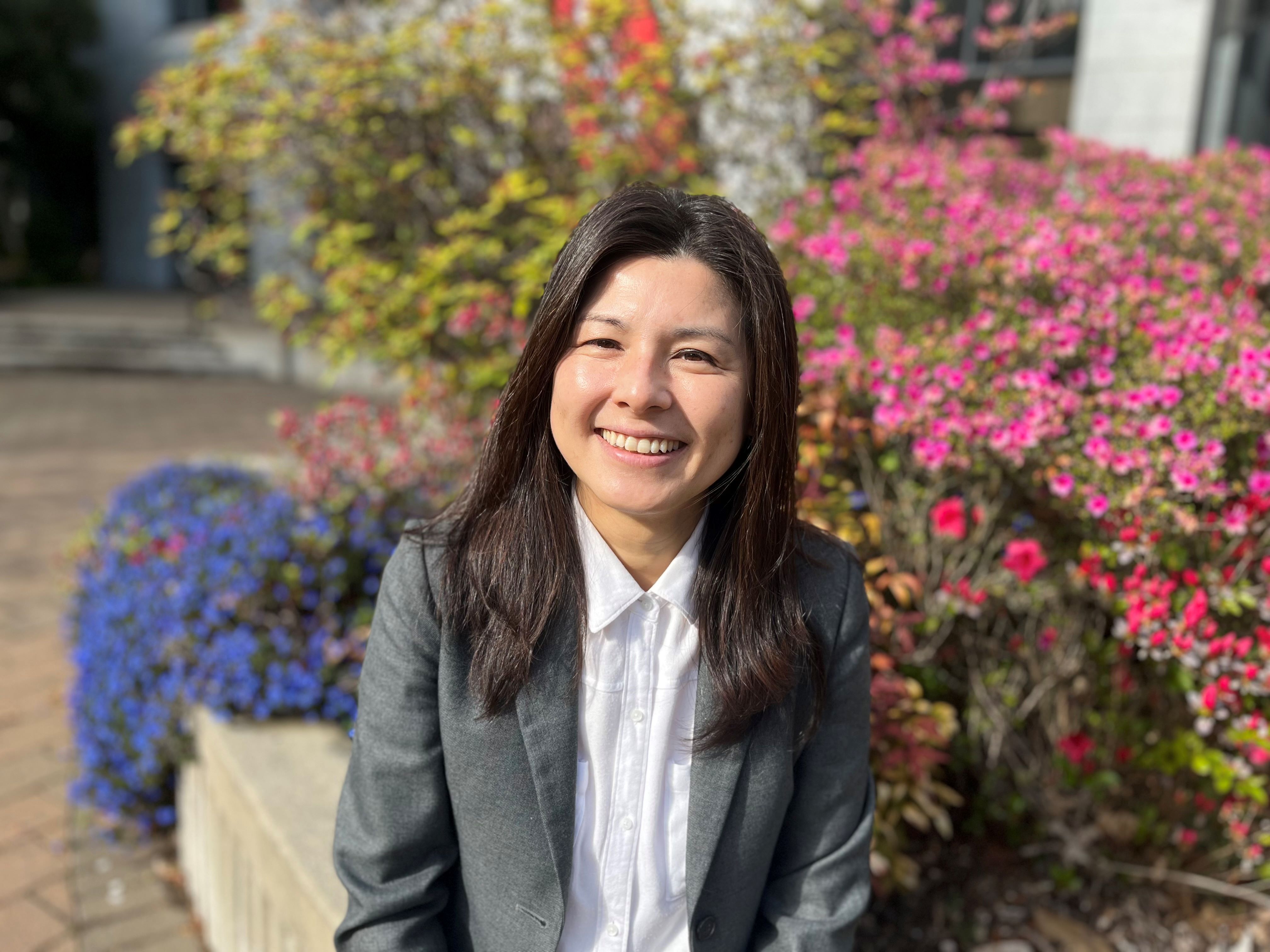.Japanese internment art provides a fascinating glimpse into the little-known history of prisoner of war life in Australia and New Zealand. Figure viewing Mt Fuji, 1943-1945, colour on wood. Courtesy Featherston Heritage Museum.
Between the arrival of pearl divers and war brides – long after Japanese performers toured Australia 150 years ago – an untold chapter of World War Two history has emerged in a new study of wartime art made by almost 5000 prisoners of war (PoWs) in Australia and New Zealand.
Focusing on internment camps set up across Australia and NZ, University of Canterbury (UC) and Flinders University art historians Richard Bullen and Tets Kimura examined some exquisite Japanese artworks produced during the extended period of war incarceration.
The artworks give a fascinating insight into the lives of these ethnic and part-Japanese PoWs and civilians, at a time of enforced detention at remote locations such as Cowra and Hay (NSW), Tatura in Victoria, Loveday and Woolenook camp (SA) and Featherston, Pahiatua and Somes Island in New Zealand.
“Australasian Japanese internment camps remain largely unheard of, and the art made by the internees has received no attention until the current research,” they say in a new paper, published in the Australian and New Zealand Journal of Art. “Although there were some very crudely made items made by the Japanese held in Australasia, many of the works are of surprising quality and suggest a level of artistic confidence and training.”
Including the Cowra breakout and a standoff at the Featherston facility, the record of camp life focuses more on a narrative of violence, misunderstanding and racism, than the social history and isolating, traumatic experience of internment.
In the largely all-male camp environment, many of the works depict alluring female figures, with the cultural symbols of kimono, geisha and umbrella depicted in various ways. The research outlines the stories of several such artworks.
Listen to Radio National's interview with Associate Professor Bullen.
 Entertainers in front of temple, 1943-1945, colour on wood. Courtesy Featherston Heritage Museum.
Entertainers in front of temple, 1943-1945, colour on wood. Courtesy Featherston Heritage Museum.










